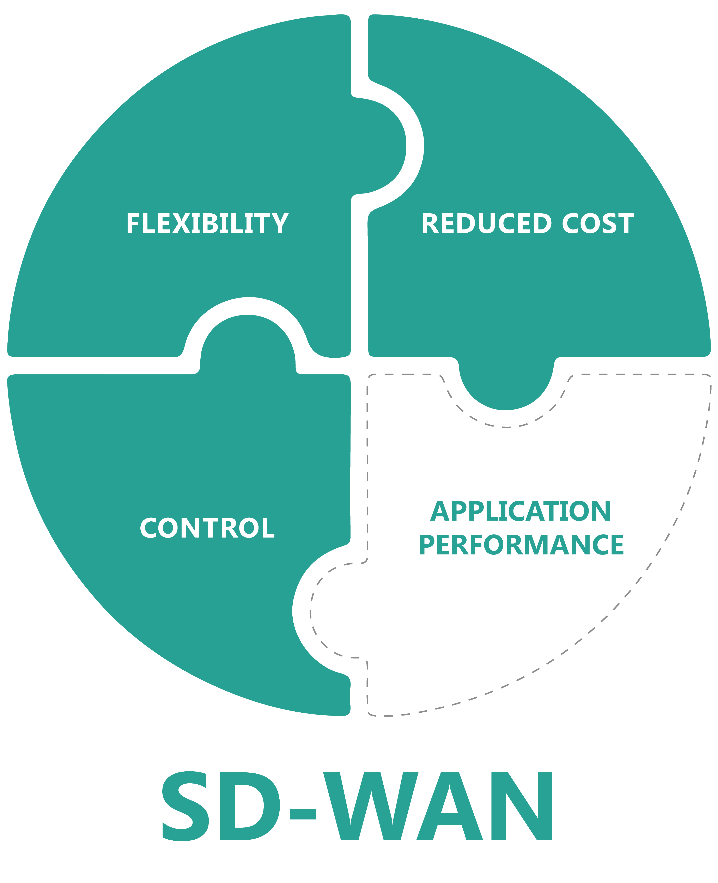
When companies are looking for advanced connectivity, reliability and fast network speeds, Software-Defined WAN (SD-WAN) options should not be overlooked. SD-WAN is an ideal alternative to traditional WAN deployments because traffic is intelligently routed across the network based on policies and load levels. Traffic shaping is done at the controller level through a software interface which automatically identifies the best possible route based on various factors such as defined use-case, requirements for cloud-based business apps. In an SD-WAN architecture, this routing is done over multiple WAN connections in parallel to ensure greater connection reliability. For those considering a move to SD-WAN, let’s dive deeper into three primary advantages of this model, including: advanced provisioning and configuration capabilities, improved network performance and responsiveness, and tighter security options.
- Advanced provisioning- SDN delivers better insight into network bandwidth and overall computing resources as well as greater configuration and provisioning options. Streamlined provisioning capabilities means that it’s simple to add new services or devices to the network because it can be done from a centralized software-based administration interface, instead of manually provisioning new hardware, including routers and servers, which can take weeks. Network management and configuration is also streamlined because with SD-WAN, bandwidth can easily be added as the business grows. Administrators can quickly deploy new security or WAN optimization services to remote sites, without physically traveling to that location.
- Greater network responsiveness- Today’s enterprises often include a distributed workforce with multiple branch offices and remote workers. Organizations are also relying more on Software as a Service (SaaS) and other cloud-based services, data analytics tools and storage and data backup solutions that run over the internet. This has made dependable, high-speed internet a necessity not a luxury. Those organizations leveraging SD-WAN can meet these challenges and guarantee access to cloud-based applications because SD-WAN responds proactively to real-time network conditions. Software-defined WAN treats the wide-area network as a unified fabric, relying on multiple WAN connections to pass data packets through the network. This includes support for multiprotocol label switching (MPLS) and cellular or fixed-line connections. This might include IP Virtual Private Networks (IP VPNs) and support for cable broadband, 4G and Wi-Fi connectivity. Route redundancy over the internet, ensures a high-quality user experience for those users accessing cloud-based applications and other mission critical business applications.
- Granular security- SD-WAN offers greater network security by encrypting WAN traffic as it moves from one location to another. Through the controller, IT administrators can define a policy that describes the underlying network as it would appear to the application. That may include breaking the WAN down into groups, for example, guest Wi-Fi, real-time applications, mission-critical applications, internet browsing, etc. Those policies are then distributed across the nodes in the SD-WAN, which links the offices defined in that policy. This pointed level of security helps to segment traffic so administrators have a better overall view of the network and the ability to see individual use cases. If something unusual is identified, they can shut down traffic in a specific area.
When network performance and reliability are a top priority, software-defined WAN models can help keep WAN costs down while helping IT administrators build a better, faster and more productive network.
